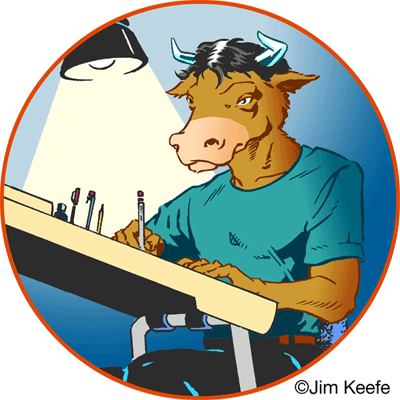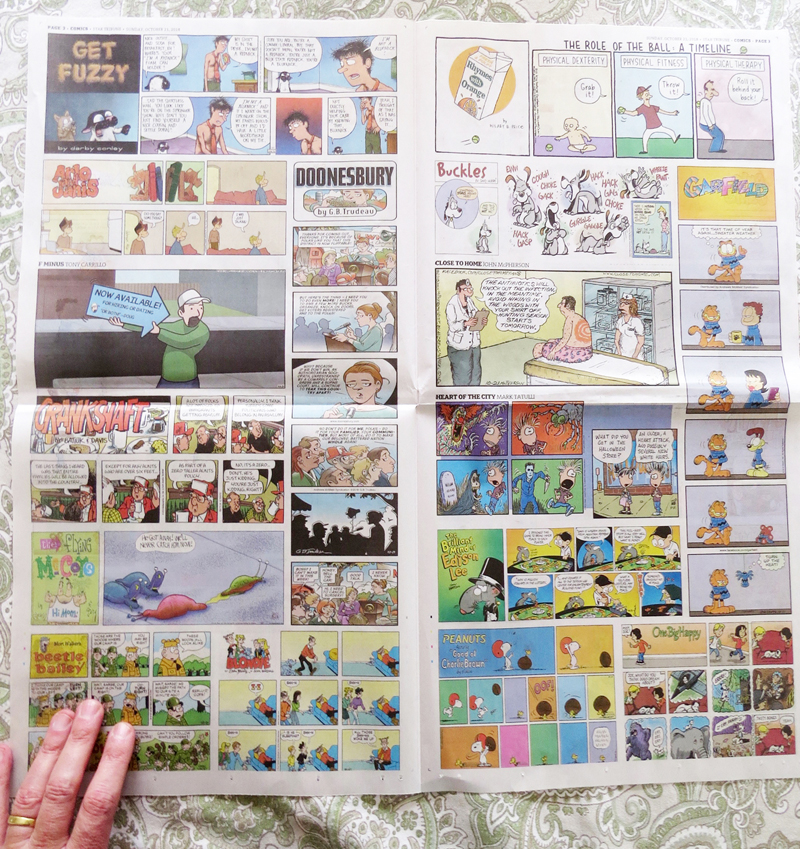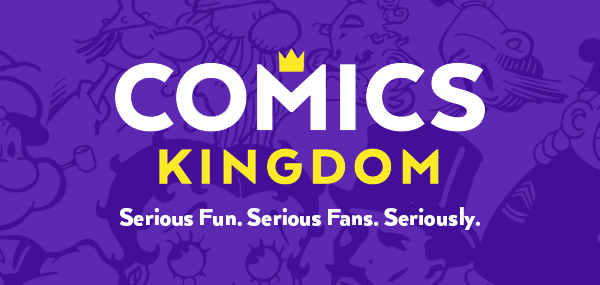Comic strips reigned supreme back in the 1930s. The Sunday sections were printed much larger than they are today and were a thing of beauty to behold.
Adventure strips thrived during these years as there was room to tell a story. To see how much things have changed, just compare these two Sunday pages below from 1934 and 2002.

On the right – Flash Gordon 9/1/2002 by Jim Keefe.
Jump ahead from 2002 to now and the comic strip Sunday pages have regrettably shrunken even smaller.
Here’s an example of my hometown paper the Star Tribune (my hand shown on the bottom left for scale). Unless you have a jewelers loupe you’re at a loss to see – much less read – what’s going on.
Here’s a comic page artist Terry Beatty (Ms. Tree, Rex Morgan M.D.) wrote and drew for Big Funny back in 2009 that really drives the point home.
Granted all is not doom and gloom – whereas comic strips in the newspaper may be on life support, we’re in a golden age as far as comic strip collections that are being published. Check out the Library of American Comics and Fantagraphics to name just a few.
I also feel like comic strips are being given a renewed life and readership online as fans of the medium now have the ability to binge weeks worth at a time. The big two comic strip sites being King Feature’s Comics Kingdom and AMU’s GoComics.
As times changes, so does the comics biz. Another example of this is that even though comic book sales have shrunk over the years, graphic novels have increased in popularity.
From an article in Publishers Weekly;
“Over the past five years, the North American graphic novel market has welcomed a wave of new readers and grown from about $805 million in sales in 2012 to more than $1 billion in 2017.”
From the Comics Beat;
“Overall, graphic novel sales in 2021 were up 65% from 2020…The growth was led by adult graphic novels, up 107%, but it’s important to note that this category includes manga which led the charge, up 17 million units.”
To sum up…
In the early 1900s onwards comic strips reigned supreme. By the 1940s comic books had taken off. In the 1960s indie comics/undergrounds entered the fray. In the 1980s self-published/alternative comics joined in at the same time graphic novels were just getting their sea legs. In the 1990s online content joined the mix. And now in the 21st century graphic novels and manga have taken flight.
And that’s not to say comic strips and comic books have been replaced and have gone away, it’s just that they aren’t the only game in town anymore.
Cartoons, comics, graphic novels – whatever you want to call it – the packaging keeps changing, but sequential art is just as popular now as it’s ever been. And as long as the stories are strong and the artwork delivers, the art form will continue to have an audience.
And that’s my two cents. See you in the funny papers…
-Jim Keefe





2 replies on “Comic Strip Contemplation”
We are touched by your first picture here.
Very nice piece Jim. Comic strips have their best and worst. Right now, Valiant and the Phantom are the best with excellent writing and art, but every style of strip has an ideal combination. Zits is another winner in my books too.